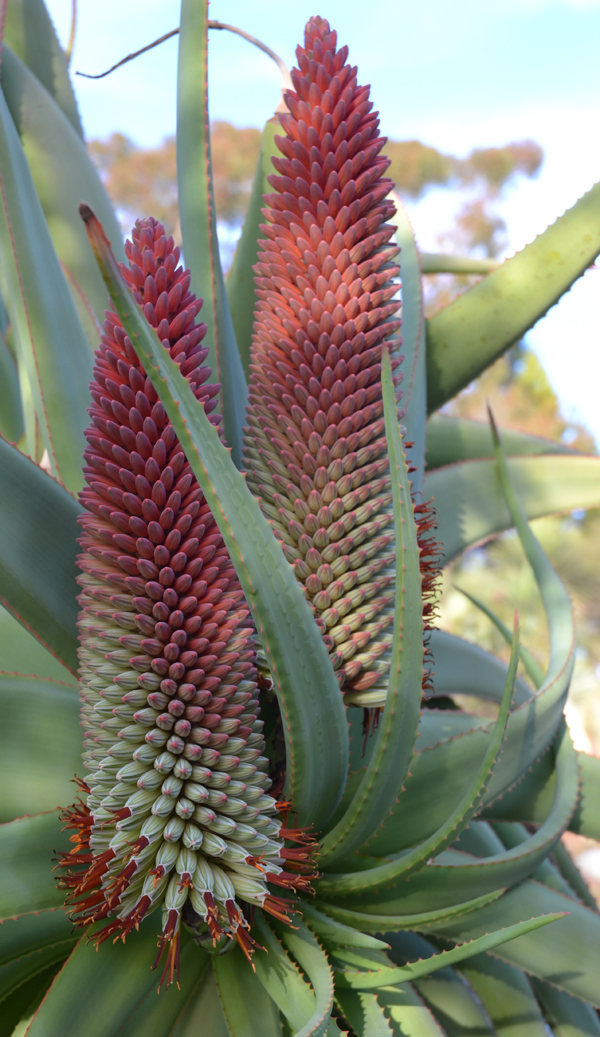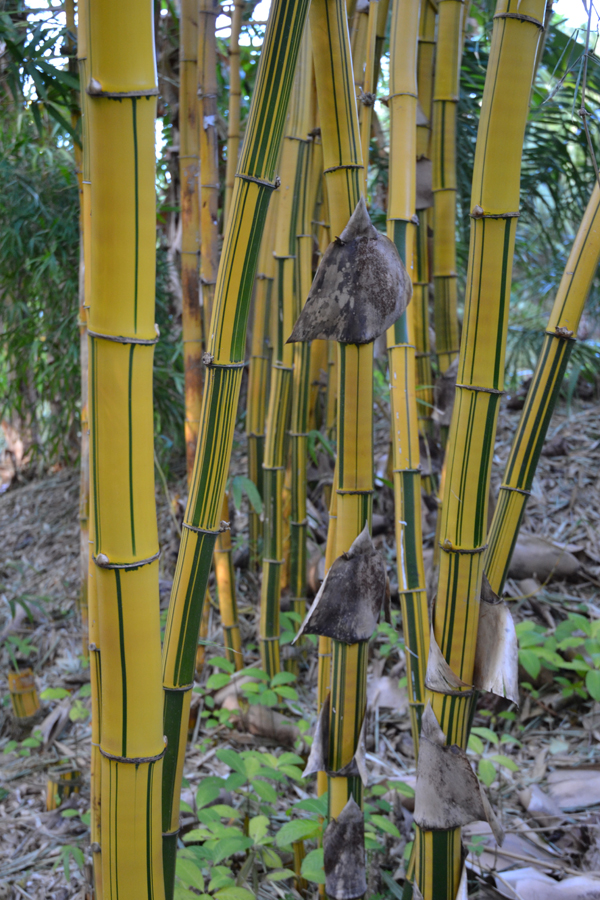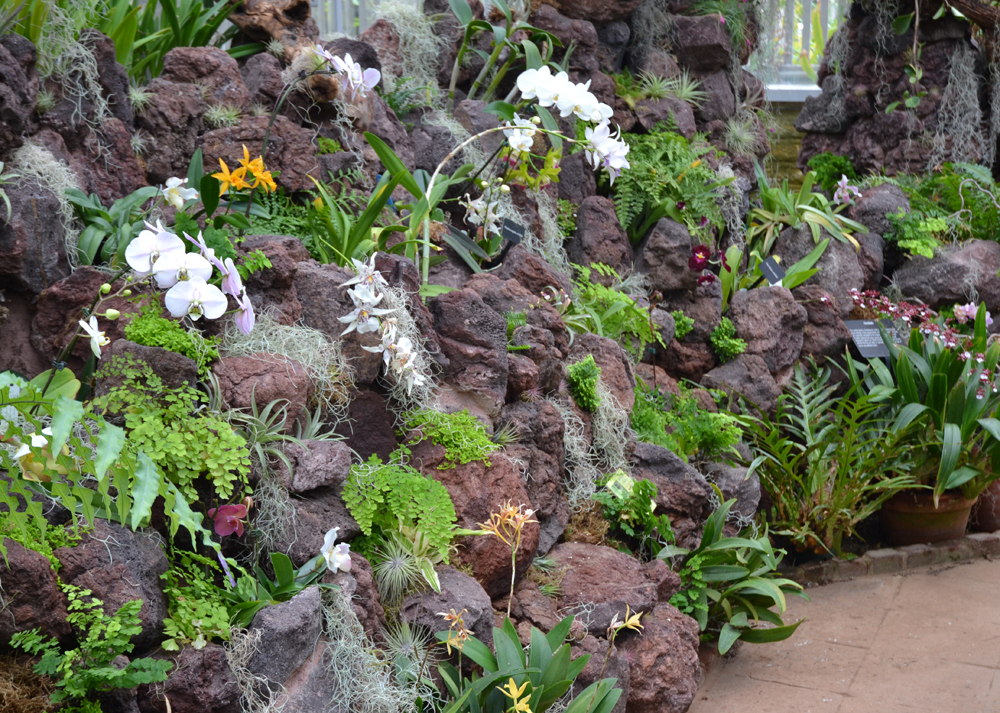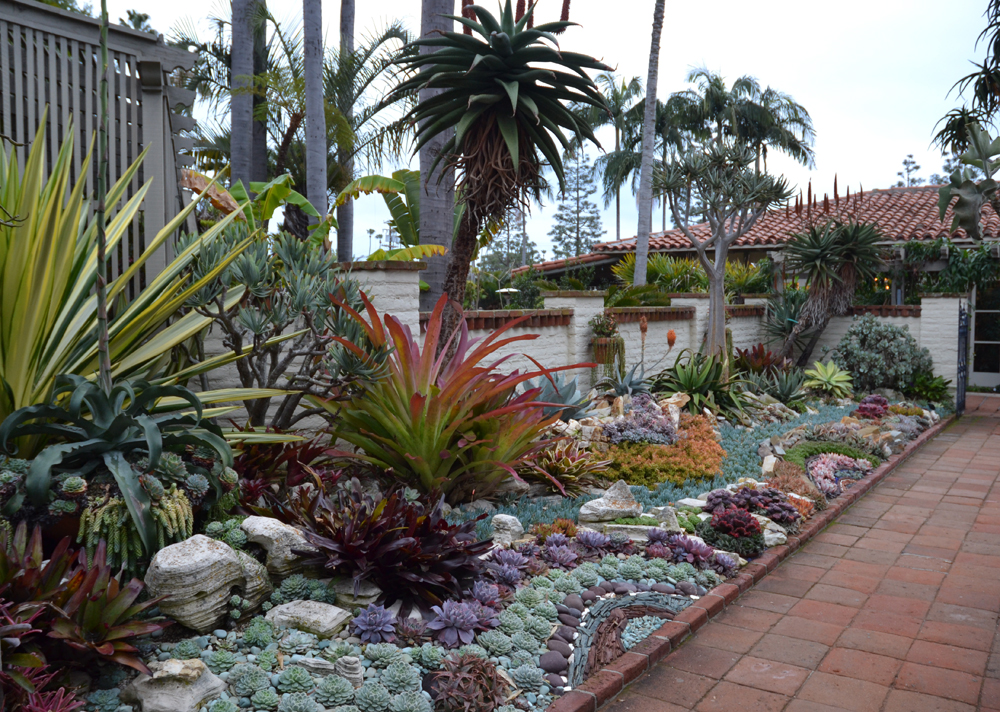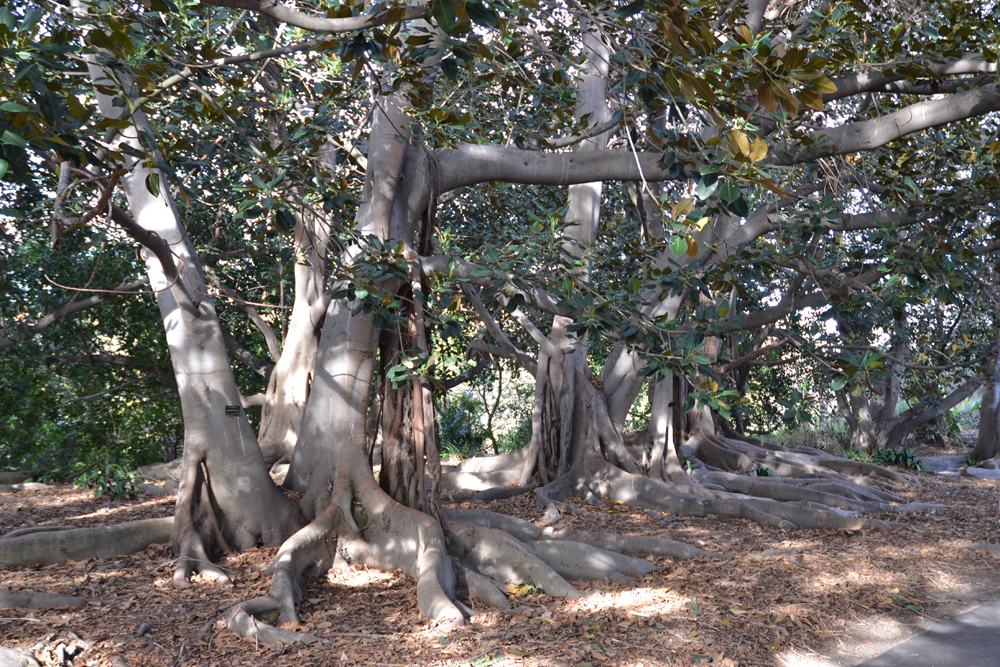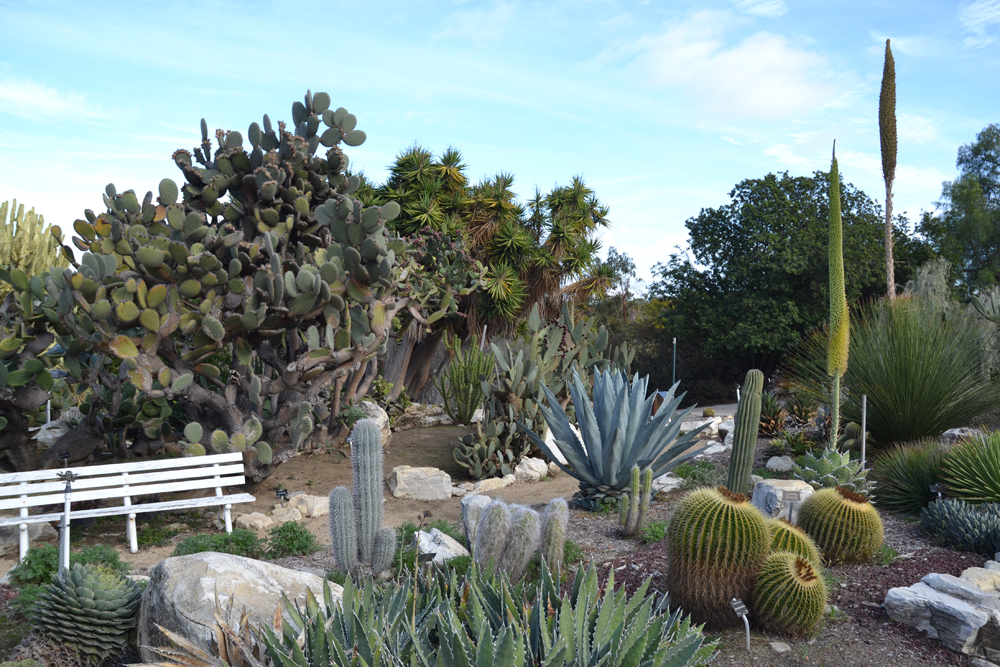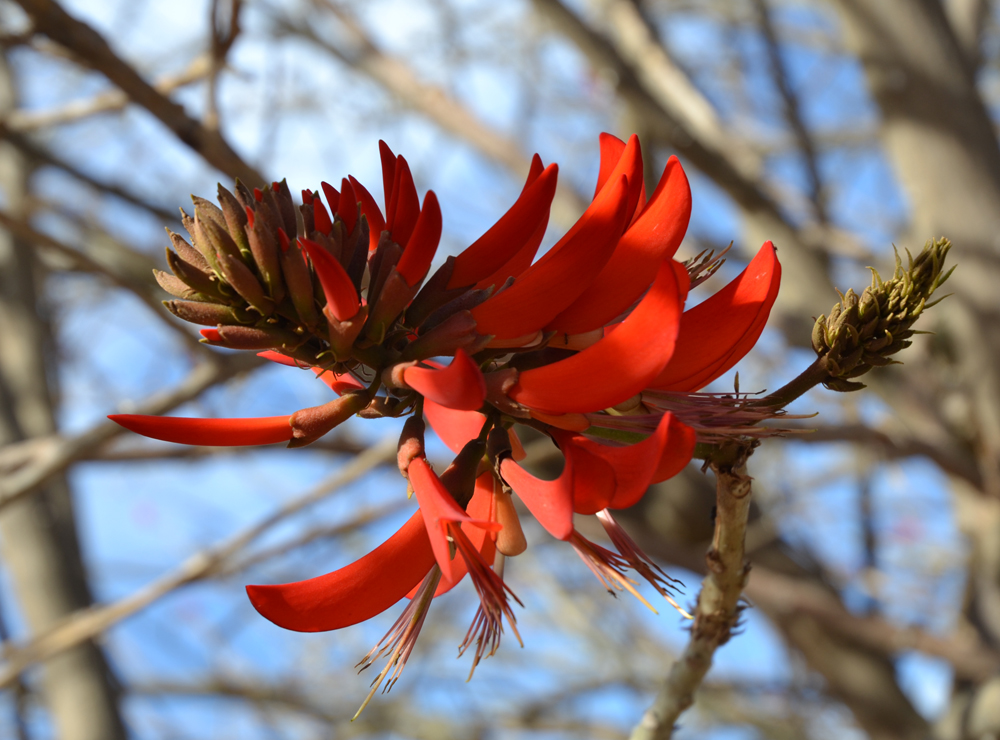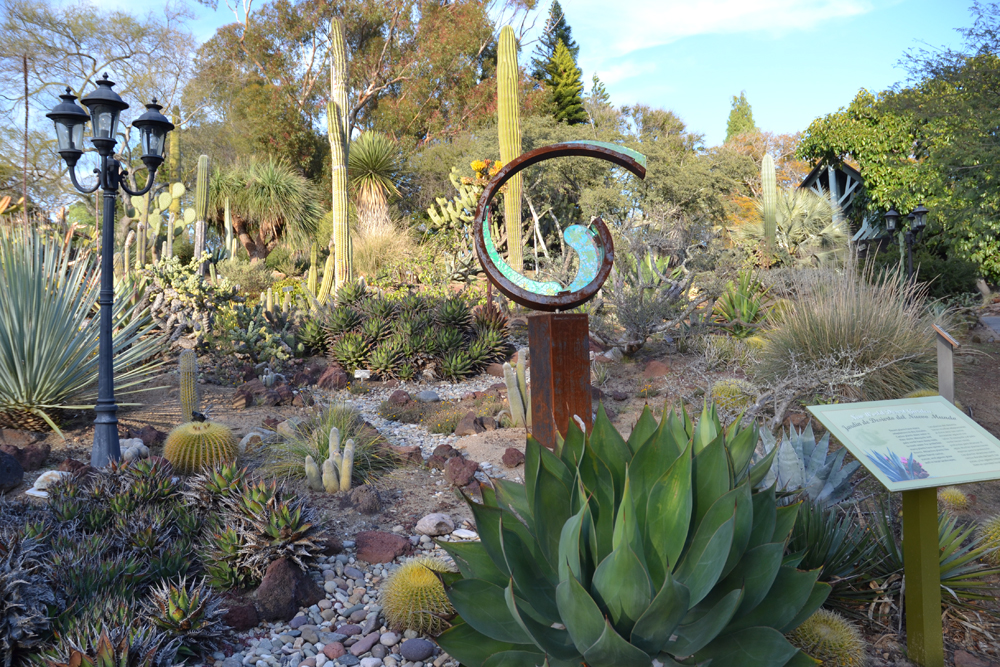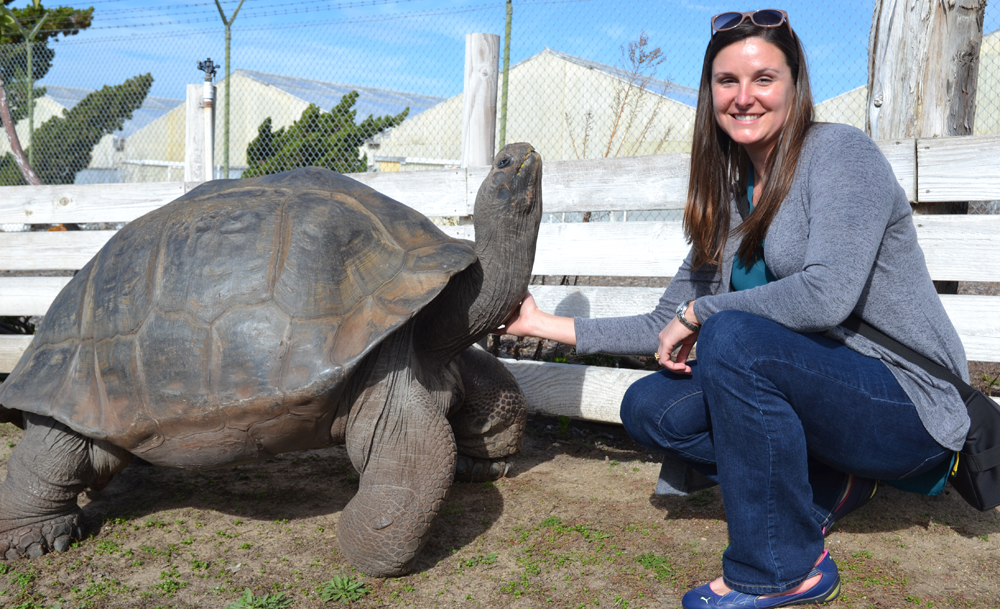California Dreaming
Last September, I started a 3 year term as a Director at Large for the American Public Gardens Association. Every 3 months, the 14 members of the Board, who are from gardens all over the country, travel to a different city for our quarterly meetings. I am honored to be able to represent Lewis Ginter Botanical Garden in this national forum. The public garden community is a group very willing to share ideas, resources, and time and it is exciting that Lewis Ginter Botanical Garden is able to contribute to other gardens as well as get some great advice and ideas from our colleagues.
The thing about public garden professionals is that they can’t help visiting other gardens when they travel. It makes sense – most of us went into this field because of our love of plants and we are proud to call ourselves “plant geeks.” This January, our Board meeting was held in Corona del Mar, California. As part of our meeting, we were able to visit 3 public gardens – Sherman Library & Gardens, South Coast Botanic Garden, and San Diego Botanic Garden. Each garden has its own unique design style, plant collection focus, strengths and challenges. The plant material at each of these gardens was just fascinating to me; it seemed like it was from another world!
Sherman Library & Gardens is a little urban oasis. In addition to their historical research library, its grounds are a cozy combination of amazing plants. Their Tropical Conservatory showcases bromeliads, orchids and a lovely koi pond. The Tea Garden and Central Garden are their changing display and event spaces, both with a beautiful water feature.
However, my very favorite part of the garden was the Succulent Garden. This garden displayed cacti and succulents in the most artful way that I have ever seen. They successfully blended unique specimen plants as well as sweeps of succulents to create breathtaking patterns. I can’t wait to incorporate some of these ideas into our Conservatory displays at Lewis Ginter Botanical Garden!
Located about an hour north, in Palos Verdes Peninsula, California, the South Coast Botanic Garden is a garden roughly the same size as Lewis Ginter Botanical Garden, but with extremely unique topography and challenges. A portion of their mission statement reads “to represent a model of excellence for land reclamation and sustainability.” I would say that they are one of the best gardens suited to educate about reclamation because this garden was built on a landfill! In speaking with their horticulture staff, I learned that the challenges that they encounter are very unique – sometimes when digging a tree planting hole, they unearth old newspapers and other “treasures” (many of which should have stayed buried!). The settling material in the landfill has also caused some significant changes in the site’s topography. You first notice this as you enter the very “wavy” parking lot. They have always captured the methane gas that is generated by the landfill and used it as a fuel source. In recent years, the amount of methane gas has decreased significantly and this tells them that the landfill is finished with most of its settling. However, adding heavy elements like a lake would cause the landfill to shift and the lake to sink, so they are somewhat limited in their ideas for future construction. This doesn’t stop them though. They have an exciting new master plan that has just been finished. The plan includes a large, modern children’s garden, an amphitheater and other great features that will allow their site to be used by new audiences in new ways.
San Diego Botanic Garden is located in Encinitas, California, within a mile of the coast. Their interesting collections include many native California plants, low water plants, bamboo, tropical fruit and many cacti and succulents. They also have plant collections that speak to their unique threats, such as their fire safety garden display and their collection of endangered plants. I asked their director, Julian Duval, if labeling the endangered plants as such put them at risk from theft or vandalism. He told me that the educational message that the signage gave was far greater than the risk. As the Sand Diego Botanic Garden’s website explains, “The local southern maritime chaparral and coastal sage scrub plant communities are some of the nation’s most endangered vegetation types as they are small in size and restricted to coastal areas. Over the past century these Southern California coastal areas have been in high demand for urban development.” This garden certainly did a great job of combining a strong message of conservation and fire safety with a gorgeous plant display. After a wonderful tour with the director, I spent time on my own enjoying the borrowed scenery of the ocean and the surrounding hills, the beautiful temporary art pieces on display and these other-worldly plants. To top off my visit, I was able to meet a Galapagos tortoise named Sam. His story is a very fun one and you can learn more about him on his Facebook page. Yes, even a Galapagos tortoise knows the power of social media!
